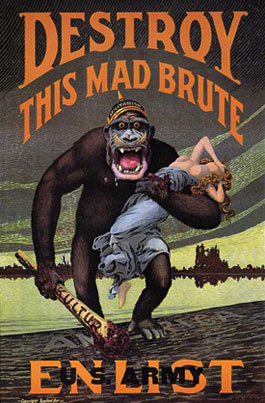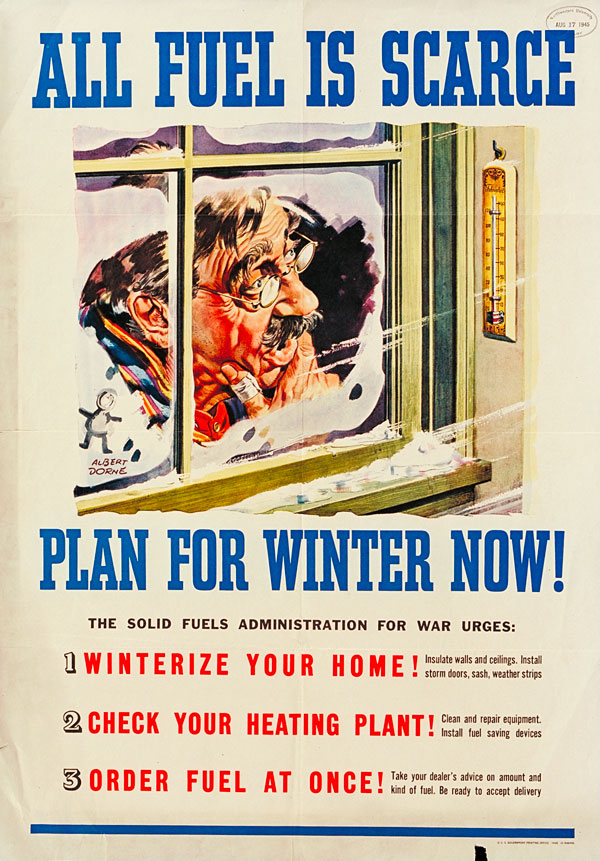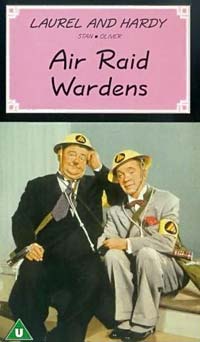 This World War I poster stirred strong emotions for many Americans. It is part of the exhibit "Oregon at War!" This and other posters were produced by the Committee on Public Information portrayed Germans as bloodthirsty animals in an effort to spur enlistment. (Image courtesy University of Texas at Austin)
This World War I poster stirred strong emotions for many Americans. It is part of the exhibit "Oregon at War!" This and other posters were produced by the Committee on Public Information portrayed Germans as bloodthirsty animals in an effort to spur enlistment. (Image courtesy University of Texas at Austin) The following resources include exhibits, searchable image databases and descriptions of selected films that relate to the home front. It also includes a PDF document that provides a bibliography of scholarly works about the American home front during World War II.
Oregon State Archives Web Exhibits
The following exhibits shed more light on Oregon before and during World War II:
Compare and contrast home front experiences during the two world wars.
Get a taste of Oregon life in 1940 on the eve of World War II by traveling from the Idaho border to Astoria.
Experience life on the beach in 1940 on the eve of World War II by traveling the entire coast from Astoria to Brookings.
Home Front Images
Images from the following sites were used in this exhibit. Collectively, they offer an excellent visual record of home front life in the United States:
Search for home front photographs in the Archival Research Catalog (ARC).
Search the extensive collection of photographs from World War II.
Search over 300 posters issued by federal agencies during World War II.
Browse photographs in the Oregon Historical Photographs Collection from collections including the Salem Public Library, Marion County Historical Society and the Oregon State Archives.
Learn more about Oregon's Emergency Farm Labor Service in this exhibit from Oregon State University.
Web Exhibits and Collections
 One of many World War II posters available on the Northwestern University Library website. (Image courtesy Northwestern University Library) Enlarge image
One of many World War II posters available on the Northwestern University Library website. (Image courtesy Northwestern University Library) Enlarge image The following Web exhibits and collections of links provide more perspective on the home front and the war:
Watch videos of Oregonians describing their World War II experiences on both the home front and the battle fronts- from Oregon Public Broadcasting, Oregon Experience.
Gain a deeper view of the war through the lives of people in four American towns - from the Public Broadcasting Service.
See color images of home front and battlefield life - from the Public Broadcasting Service.
Learn what it was like to serve in the military in World War II with audio and video - from the American Folklife Center of the Library of Congress.
See diaries, photographs and other resources documenting both sides of the war - from the Library of Congress.
Films About the Home Front
 Laurel and Hardy contributed to the home front cause as air raid wardens in a 1943 comedy film. (Image courtesy Amazon.com)
Laurel and Hardy contributed to the home front cause as air raid wardens in a 1943 comedy film. (Image courtesy Amazon.com) These comedic and dramatic films, described in Wikipedia, give a contemporary taste of home front life from the viewpoint of the Hollywood studios:
Comic actors Stan Laurel and Oliver Hardy are turned down when they try to enlist in the military. They decide to do the next best thing and become air raid wardens.
A man is discharged from the Marines for a hay fever condition before seeing any action. Feeling like a failure, he is talked into passing himself off in his home town as a wounded war hero. The story careens out of control and comedy follows.
A Nazi espionage ring operates on the American home front on the trail of the Manhattan Project to build an atomic bomb.
Three World War II veterans return home to small town America to discover they and their families have changed.
Publication About the Home Front
This publication contains discussions of mobilization, family life, the working class and minorities. It includes bibliographic references on pages 174 to 178 - from the National Park Service.